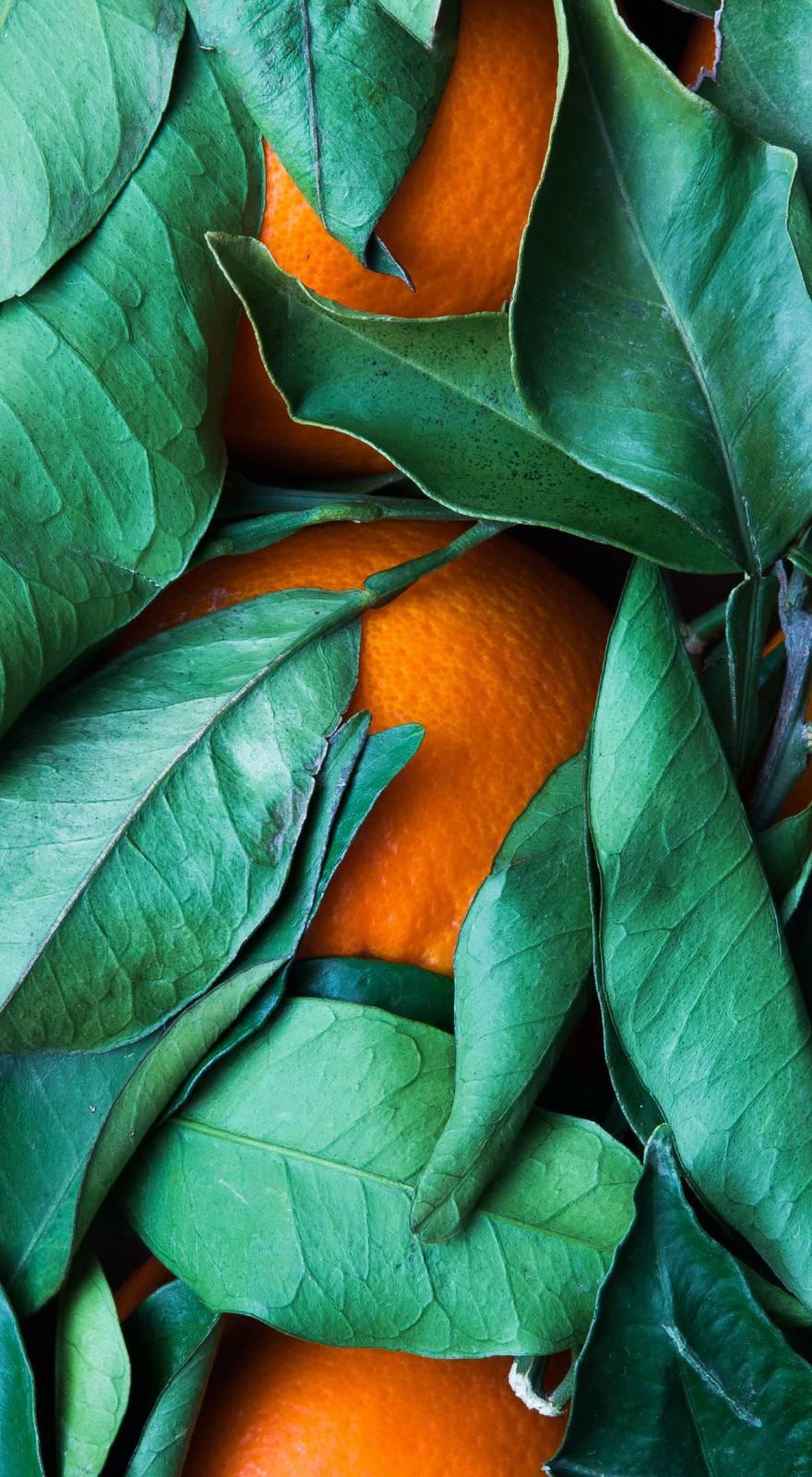Knowde Enhanced TDS
Identification & Functionality
- Ingredient Name
- Food Ingredients Functions
- Ingredients
- Lecithin
- Food Additive Number
- INS 322, INS 322(i)
- Technologies
- Product Families
- IP Lecithin: That's what we mean by sustainability
IP means "Identity Preserved" and means something like "sustainable through traceability". For Fismer Lecithin it means a lot more: It is part of our self-image that our special lecithins meet exactly the requirements that are placed on them - no ifs or buts. This is also the case when it comes to sustainability: with a few exceptions, our lecithins are non-GMO. And that can be proven back to the cultivation as part of our certification. With this quality criterion, we enable you to manufacture your products in an uncompromising quality that complies with all regulations and labels. Whether organic, vegan or GMO-free - Fismer lecithin makes it possible.
Features & Benefits
- Food Ingredients Features
- Product Info
- The main task of lecithin is to stabilize cell membranes, stimulate a large number of metabolic processes, support liver cell regeneration and much more. Synthetic substitutes that even remotely do the same have not yet been found.
- Because lecithin combines just as well with fats and oils as it does with water, it is an ideal emulsifier. Substances that are actually immiscible, such as oil and water, become stable emulsions thanks to lecithin. This property is used, among other things, for the production of chocolate and cocoa powder, spreadable margarine and non-splashing fats as well as crispy pasta.
- Stimulating aromas also last much longer with the addition of lecithin. Lecithin actually manages to enclose its active ingredients in oil droplets. Aromas can be "encapsulated" and transported in this way. This benefits low-fat foods, which can be given an intense taste. The antioxidant properties of lecithin also extend the shelf life of foods.
- The multifunctional emulsifying and dispersing agent lecithin is not only used in the food industry, but also in the manufacture of cosmetic and pharmaceutical products as well as in animal feed production and in technology.
Applications & Uses
- Markets
- Food & Nutrition Applications
Technical Details & Test Data
- This is how lecithin is made
The starting products for the production of lecithin are mainly soybeans, rapeseed and sunflower seeds. They are cleaned, dried and extracted. This creates a vegetable crude oil with a lecithin content of up to 2.5%. The crude oil is heated to a good 90 ° C with a small amount of water. Special separators then separate the lecithin from the crude oil. The wet lecithin pulp is dried and cooled to below 50 ° C to avoid darkening. The end result is liquid, native lecithin. If powder or granules are required, the oil content is removed from the liquid lecithin. This concentration increases the functional part in the lecithin, the so-called acetone-insoluble part.

